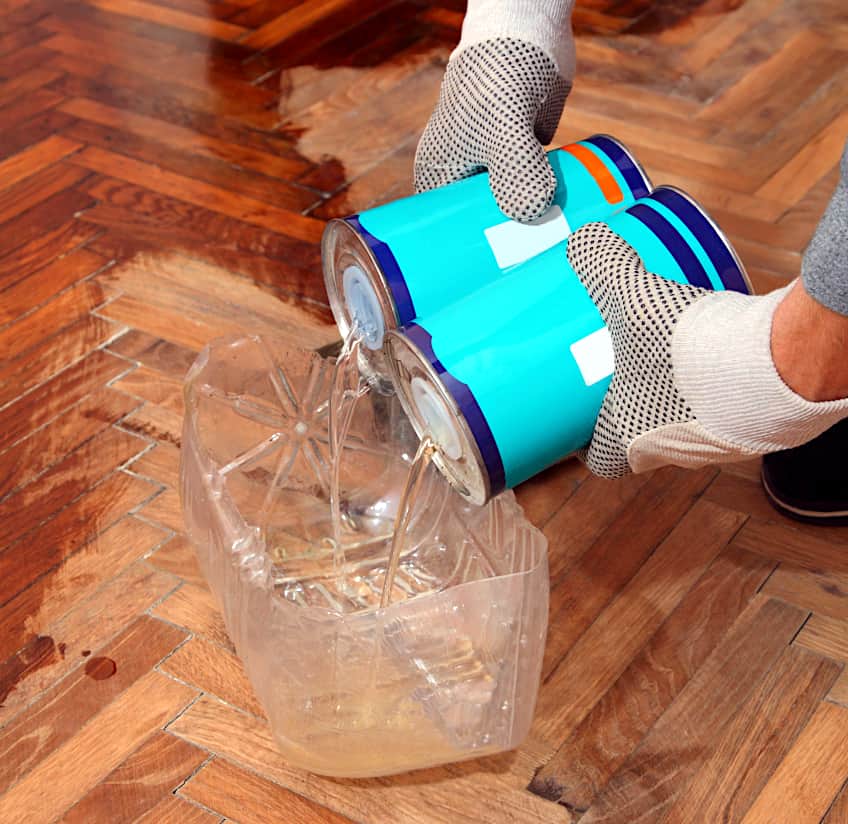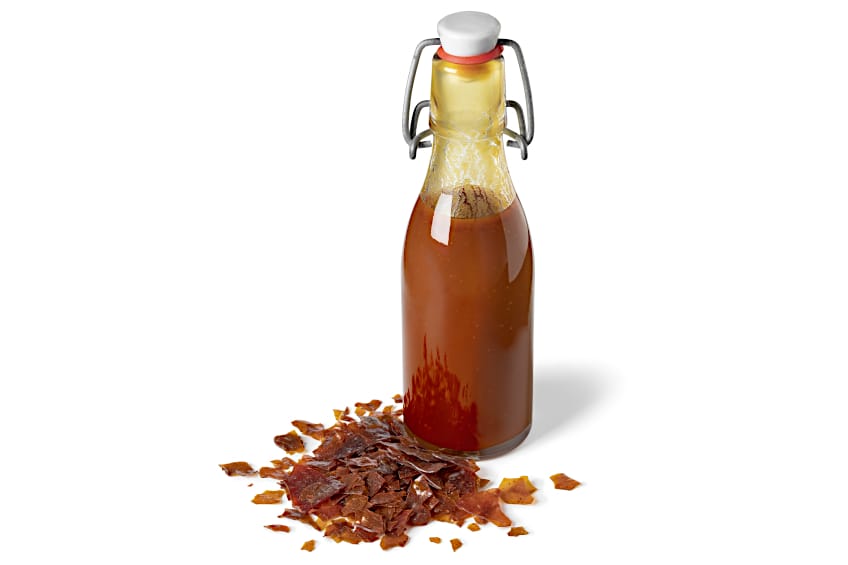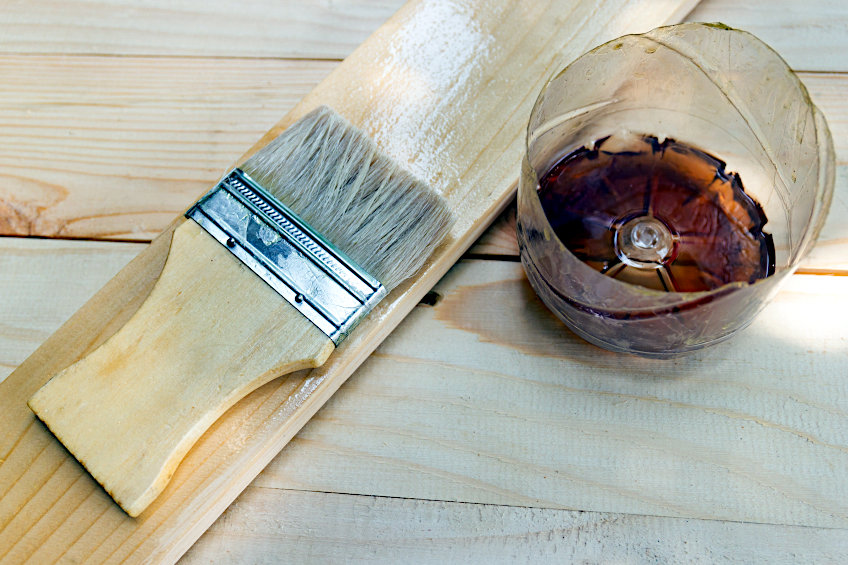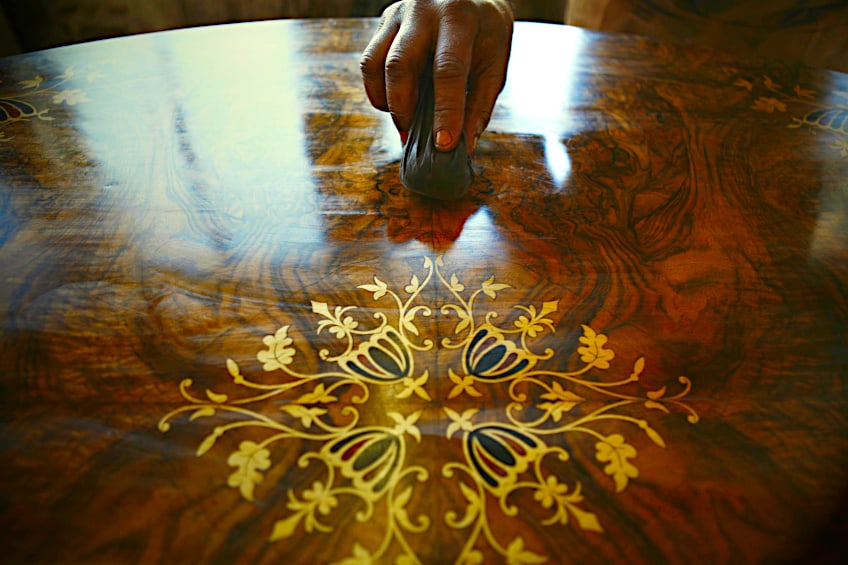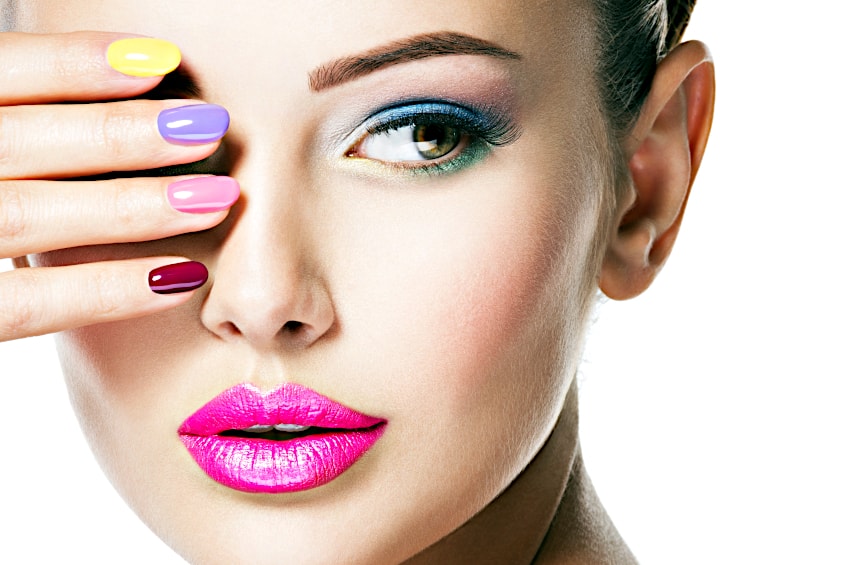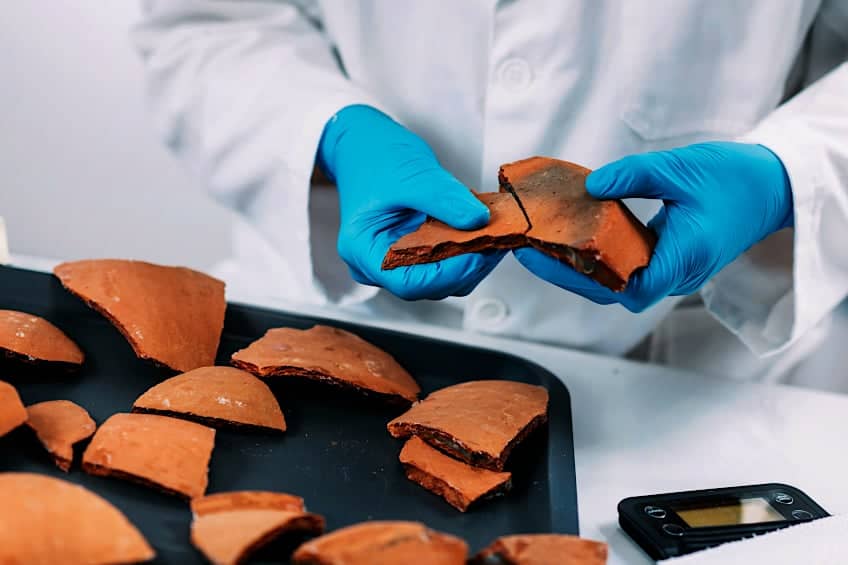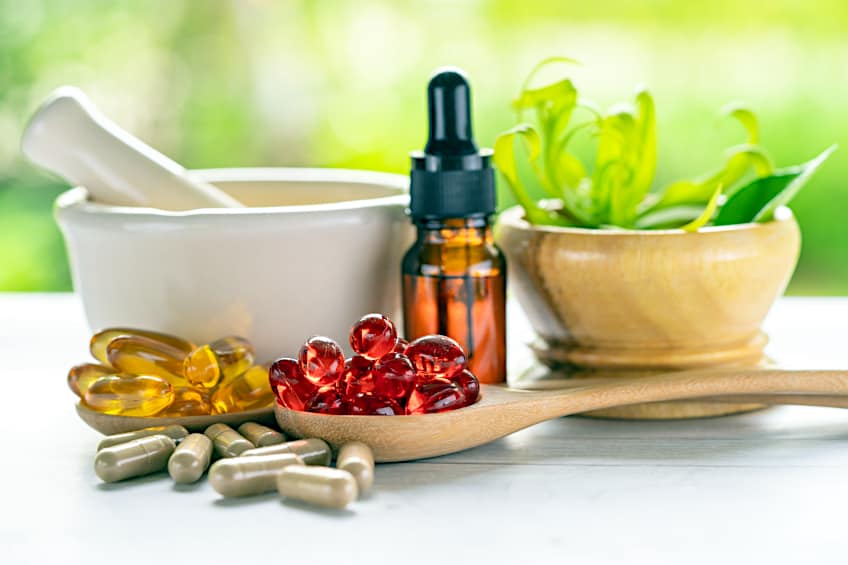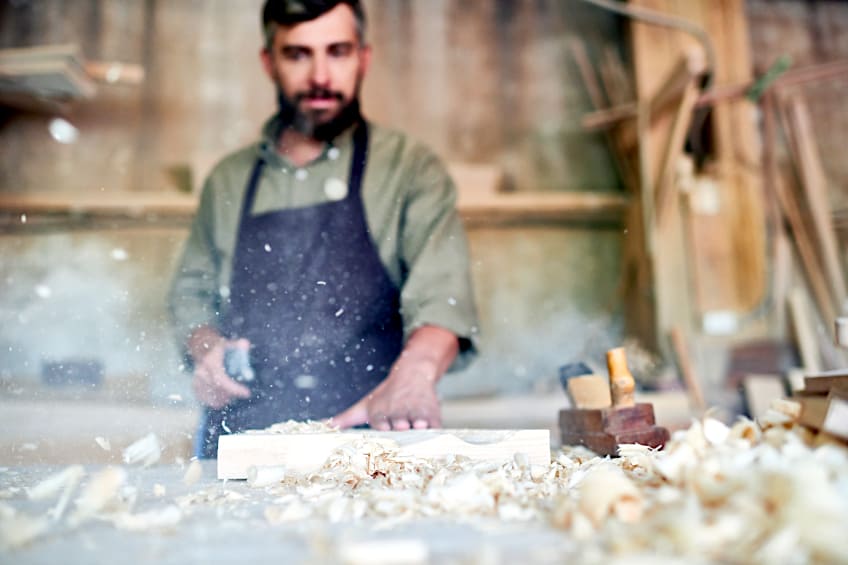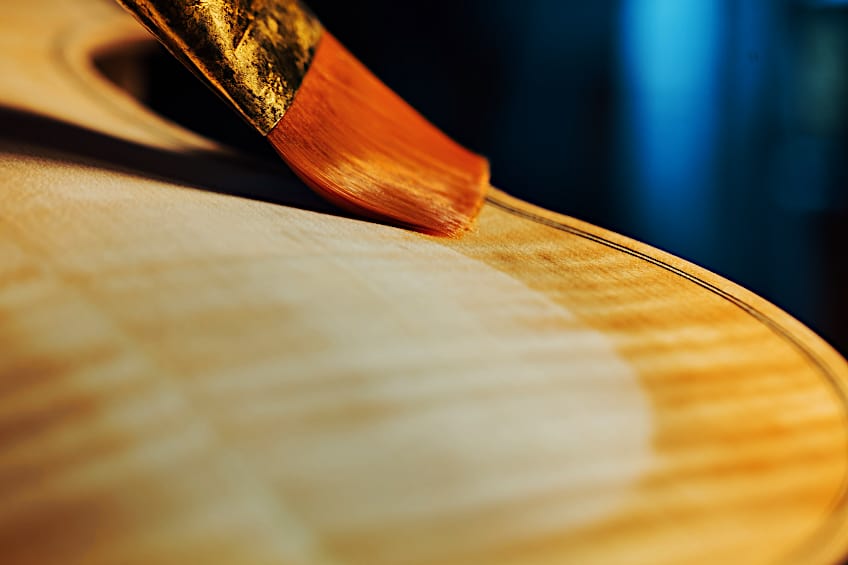What Is Shellac? – The Natural Colorant, Glaze, and Wood Finish
This post may contain affiliate links. We may earn a small commission from purchases made through them, at no additional cost to you. You help to support resin-expert.com
For as long as people have been making things from wood, we have been trying to find ways to protect our wooden surfaces. These days, we have various types of varnish, resins, and wood oils, but back in the day, the options were far more limited. One of the most popular means of protecting wooden workpieces back then was by using shellac, a seemingly miracle substance that could be used to protect your wooden surfaces and a number of other things. What is shellac, though? Let’s have a look at what shellac really is, how it is made, how it works, and what it can be used for.
Table of Contents
What Is Shellac?
Shellac is a naturally occurring type of resin that a female lac bug discharges onto the bark of trees. Lac bugs (Kerria lacca) and their resin excretion are found primarily in India and Thailand. The natural composition of the discharge consists of jalaric acid, aleuritic acid, and shellac acid. The raw material is processed and made into little flakes, at which point they can be diluted in alcohol to make liquid shellac.
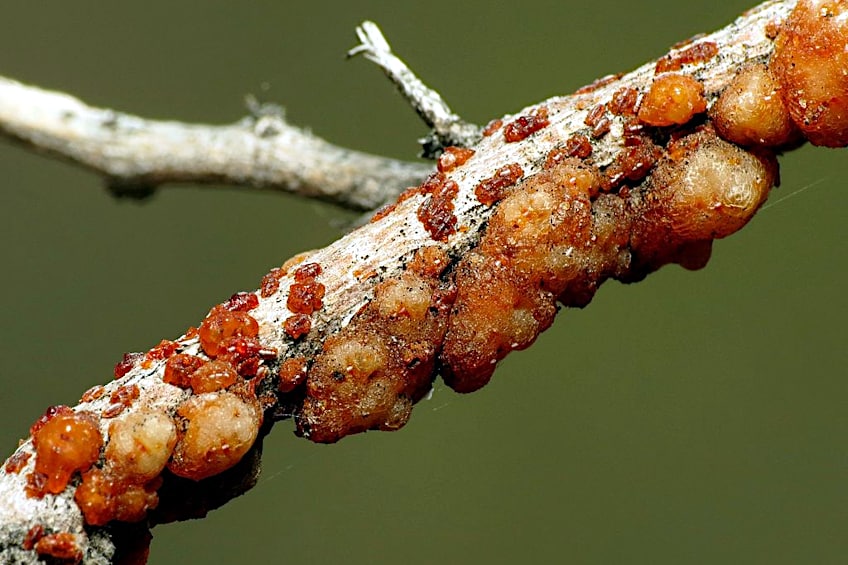
There are many uses for liquid shellac, you could use it as a varnish for wooden surfaces, a glaze for foods, and even a coloring agent. In addition to being used for these applications, shellac has a number of inherent characteristics that make it an odor-blocker, tannin-blocker, and sanding-sealant for all manner of wooden workpieces.
As you can see shellac is quite versatile. In fact, at one point in time, shellac was used as a coating for some electronic components as it has really good insulation properties. Additionally, shellac has the ability to repel moisture from surfaces which is another reason that it is commonly used on wooden surfaces, and why it is so popular.
Shellac has had many applications in various industries over the years, including being used to record music. Shellac was actually used in the creation of gramophone records before it would eventually be replaced by the vinyl records most of us know today. Shellac’s popularity lasted from around 1900 to 1930 until it would eventually be replaced by nitrocellulose lacquer which is still a popular finish to this very day.
How Is Shellac Harvested and Refined?
As we mentioned previously Shellac is harvested and refined by removing the hardened resin from the bark of trees once it has been secreted by the female lac bug. Upon removal, shellac looks like little translucent/brown chips not unlike the scales of a fish. This process is repeated until harvesters have a sizable amount of chips ready for processing.
The process of turning these chips into the shellac we all know is a simple one. The lac chips are first dissolved in something called aqueous sodium carbonate, after which the remaining substance is bleached using a substance known as sodium hypochlorite. Finally, the bleached shellac solution will be precipitated with some hydrochloric acid to finish its transition.
This process can vary according to what the shellac will eventually be used for. As we mentioned previously, shellac is extremely versatile and can be used for a number of applications, but there are a number of specific processes that shellac needs to undergo before it can be used in certain industries.
Shellac cannot be harvested as soon as the lac bug has finished secreting it. One needs to allow the substance to dry for a certain period of time before It can be harvested. It’s usually ready to be harvested when the secretion has hardened and taken on a translucent brown/orange color, at which point it can be chipped off for processing.
Different Grades of Shellac
There are different types of Shellac out there that are used for various applications, but they’re all fundamentally the same thing. While other surface coatings like paint come in a variety of finishes and colors, shellac generally just has one look and one finish (shiny). Does this mean that all shellac is the same? Not really, as food-safe shellac and surface-coating shellac are different.
While surface coating shellac consists of lac flakes that have been dissolved in alcohol, food-grade shellac undergoes a similar process but with certain procedures that allow it to be used as a food-safe coating on things like coffee beans, pills, and even confectionary products that require an edible glaze on their surface.
Shellac is generally accepted to be orange in color, but it’s actually available in quite a few colors depending on what you would like your workpiece to look like once it has been applied. Shellac can be found in orange, Platina, garnet, yellow, brown, and even red. This final color of shellac ultimately depends on what the lac bug eats and how the flakes are processed.
Before the advent of modern alternatives, shellac was an extremely popular surface coating, especially in the furniture-making and music instrument industries. Shellac was used to French polish both cupboard doors and acoustic instruments like guitars, but these days conventional shellac is generally marketed as sanding sealer instead of a wood polish or wood treatment oil.
What Is Shellac Used For?
Shellac is a pretty versatile substance that can be used to both protect the surfaces of wooden workpieces and coat food products. With that being said, let’s have a look at some of the common applications of shellac and why it tends to be used instead of other more modern substances in these instances.
Wooden Workpieces
We’ve mentioned previously that shellac is used to protect the surfaces of wooden workpieces, but why? There are various other modern solutions that do an incredible job of protecting wood, so what makes shellac the best tool for the job? Well, shellac doesn’t contain nasty VOCs (volatile organic chemicals), and it does not obscure the grain and/or texture of the wood.
When applying shellac to the surface of a wooden workpiece you should ensure that it is applied in thin layers. Why? Shellac tends to adhere to the surface much better when applied in multiple thin layers. Attempting to apply shellac in fewer, thicker layers will likely result in the hardened coating lifting away from the workpiece fairly quickly.
Cosmetic Products
Cosmetics is yet another industry where shellac is a staple. While most of us think of shellac as a surface coating for wooden workpieces, shellac is actually used in the beauty industry in a number of products. Whether it be to improve the longevity of the products or to add a sheen to the surface layer of compressed powders, shellac can be found all over the place.
What is shellac used to create specifically? While you might think that shellac is used to create gelatinous substances thanks to its consistency, it’s actually used in everything from hairspray, eyeliner, nail polish, and even mascara!
Whether it’s used to improve the color or the consistency of these products, you can rest assured that your skin and hair are safe thanks to all the organic properties of shellac.
A Natural Adhesive
Because shellac is collected and dried into flakes it can be easy to forget that it has natural adhesive properties that allow it to stick to all manner of surfaces including but not limited to porous and non-porous surfaces. This is pretty impressive considering that modern adhesives like two-part epoxies and even superglue undergo many processes to achieve the same characteristics.
Shellac glue is a popular material for reconstructing archaeological finds, as it will not damage these fragile items.
Shellac isn’t widely used as an adhesive these days though, as many other substances (like some of the aforementioned) are far more durable, versatile, and easy to work with by comparison. Shellac isn’t the only old-school natural adhesive out there, falling into the same category as animal hide glue and cornstarch.
Food Coatings
One of the most common uses in modern society for shellac is as a food coating. Since there are more robust adhesives on the market, you might think that shellac has been phased out completely, but thanks to its food-safe properties, you can find shellac inside or on top of many consumable goods across various industries.
What kind of consumable goods do you ask? Well, for starters you can find shellac being used on medicinal capsules, giving them that slippery film on their surfaces that make them easy to swallow.
You can also find shellac on candies like jellybeans and hard candies which is what gives them their sheen. Finally, shellac can also be found on ice cream cones!
Dentistry
Dentistry has come a long way since we needed to remove a tooth at the first sign of a cavity. These days we have root canal surgery, Davinci veneers, and braces to save our chompers from being yanked out while we lie there in unconscious bliss. One of the first steps toward where we are today was to use shellac in the construction of dentures!
Shellac wasn’t used in the actual dentures themselves (it would likely dissolve thanks to your saliva) but it was used in the construction of trays and to create wax rims that would record the relationships between the gum lines of patients. These days there are other materials for these purposes, but shellac can still be used in a pinch.
Advantages and Disadvantages of Shellac
Unfortunately, there is no such thing as the perfect surface coating, and shellac is no exception. If you’re wondering if Shellac is the right surface coating for your next workpiece, we’ve prepared a list of pros and cons for you to consider. Remember that even though shellac is a versatile substance it might not be suited to every application.
Shellac has many advantages, first and foremost of which is that it is an all-natural substance, which means it’s pretty good for the environment. It also doesn’t produce any harmful fumes which means it can be used both indoors and outdoors without the need to wear a mask or any other type of personal protective gear (but it’s always best practice to do so!).
Shellac is also really easy to work with since you don’t have to prepare it or mix any additional substances with it for the shellac to function as intended. To further add to the convenience of shellac, it dries much faster than other conventionally used adhesive substances which means it’s the perfect tool for time-sensitive projects.
One of the main selling points of shellac and the reason that many wood crafters still use it today is the fact that it does not obscure the grain and texture of your wood. While other substances can make it feel like your workpiece has been coated in plastic, shellac provides a type of hard-shell finish that’s sure to turn heads. What’s more, is that it’s highly resistant to UV rays!
As we mentioned previously, shellac is not a perfect coating. For one, shellac isn’t very durable and can be easily damaged should enough force be applied to the surface in question. It also doesn’t do well when exposed to open flames or hot objects, making it a bad substance to use for kitchen countertops.
Considering that most natural surface coatings don’t do well when exposed to heat you might be thinking “Oh well, I just won’t use it in the kitchen” which would be a good call on your part, but there’s more to it. Shellac also doesn’t do too well when it comes to moisture whether it be vapor or condensation. Prolonged exposure to moisture can lead to shellac becoming an opaque white color.
- All-natural substance
- Contains no VOCs
- Can be applied without personal protective gear
- UV resistant
- Easy to work with
- Easy to repair
- Dries quickly
- Easily damaged by impact and abrasion
- Needs to be maintained often
- Cannot withstand prolonged exposure to moisture
- Cannot withstand prolonged exposure to heat
How to Apply Shellac Effectively
If you do decide to use shellac on the surface of your workpiece you should know how to go about it correctly. Here are a few steps you can follow to ensure that the next time you apply shellac to the surface of your workpiece, you get the best finish possible. Before you begin, ensure that you lay down a tarp as spilled shellac can be tricky to clean up.
Prepare Your Workpiece
When applying pretty much any other surface coating you should ensure that your workpiece is as clean as possible. Give the surface of your workpiece a good once-over and allow it to dry completely. Next, using some fine grit sandpaper (300 grit and up) lightly sand the surface of your workpiece and remove the sanding dust using some compressed air and/or a clean cloth.
Apply Your Shellac
It’s time to apply your shellac. The way shellac is usually applied is by pouring the shellac directly onto the surface of your workpiece and spreading it evenly using your brush. To do this, pour out your shellac in the center of your workpiece. Next, using your brush, work the shellac to either end quickly, doing your best to ensure even and consistent coverage throughout.
Shellac dries quickly so you won’t have too much time. Don’t panic though, just do your best to spread the shellac evenly, paying special attention to the edges of your workpiece while you brush. Once you’re done, allow the shellac to dry and harden according to the time period recommended by the manufacturer. Pretty simple right?
Shellac works best when applied in thin layers, so only a moderate amount is needed for your initial coat. The cool thing about shellac is that you don’t need to sand the surface between coatings, just pour the next round onto the surface and spread it out as you did initially. Each coat of shellac burns into the next, creating a singular, glass-like layer on the surface of your workpiece.
Now that you know what shellac is, how it is made, how it is processed, what it is used for, and how to use it yourself, why not get out there and try it out for yourself? Shellac may not be the most durable surface coating, but it is one of the best looking, and it is pretty good for the environment compared to other popular wood coating products.
Frequently Asked Questions
What Is Shellac Made Of?
We’ve all seen shellac at some point in our lives, but what is shellac made of? Shellac is made from the excretions of the female lac bug. This resinous material is then harvested as little chips, mixed with denatured alcohol, and turned into the liquid shellac we all know and love.
What Is a Shellac Wood Finish?
Have you ever wondered what shellac wood finish is? Shellac is actually a rather versatile substance, with just one of its many applications being a wood coating. Shellac is also used in dentistry, cosmetics, and even in the manufacturing of candy!
Is Shellac Food Safe?
Shellac is used in a number of industries and in its natural state, shellac is entirely edible. You have likely eaten shellac at several points in your life without even knowing it, as it is used as a coating for candies and even as a glaze for medicine capsules.


